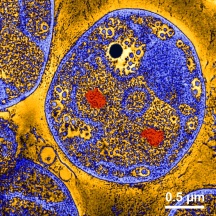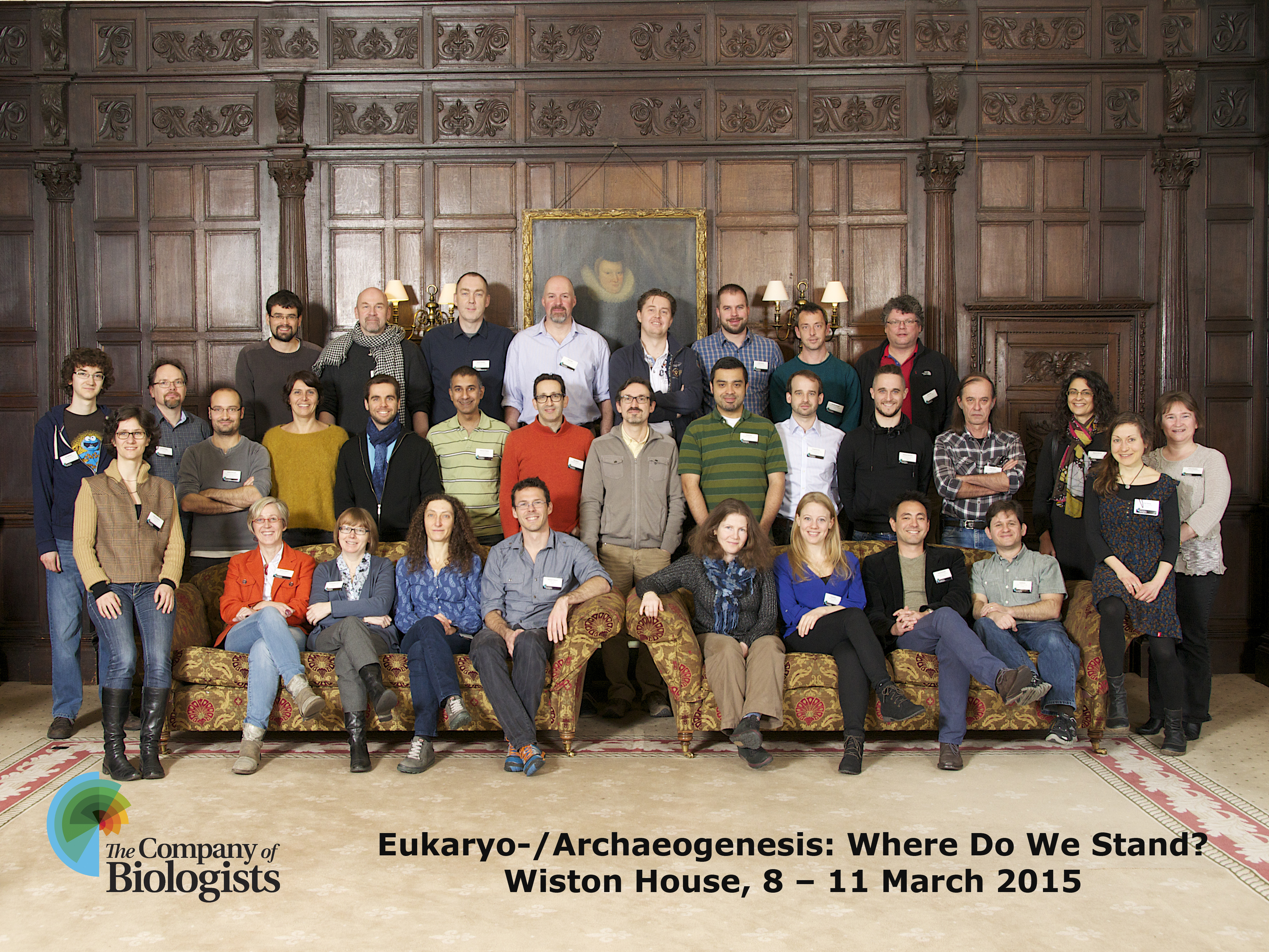Eukaryo-/Archaeogenesis: Where Do We Stand?
Organisers: Céline Brochier-Armanet and Damien P. Devos
Date: 8th – 11th March 2015
Location: Wiston House, Steyning, West Sussex, UK
Elucidating the nature of the relationship linking Archaea and Eucarya is at the crossroads of many research fields, including molecular phylogenetics, genomics, paleogeology, biochemistry and cell biology, amongst others. Recent advances in these fields include: the discovery of typical eukaryotic features in Archaea and bacteria; the inference that the last common ancestor of Eucarya was very similar to present day eukaryotes; the discovery of 2.1 Gyr large colonial fossils that could represent ancestral eukaryotes; an unsuspected diversity of archaeal lineages, some of which are proposed to be at the origin of Eucarya, etc. However, important questions remain, and it seems that we might have reached the limit of what we can infer from each field separately. Overcoming this ‘impasse’ to gain further understanding of the relationships between the three domains of life now requires the integration of data from different fields. Unfortunately, dialogue among those communities has been quite scarce.
The aim of this meeting was to bring together as diverse a group as possible of experimental and theoretical biologists who are interested in eukaryo- or archaeogenesis to promote dialogue in order to bridge the gap between these communities. This Workshop brought together the most prominent players from these research fields. All of the speakers were invited as they are using different methods to address different problems related to the origin of those domains, which made this a particularly valuable workshop for cross-fertilisation of ideas and techniques.

Organisers & Speakers
Damien P. Devos CABD, Spain
Stephen Bell Indiana University, USA
Roger Buick University of Washington, USA
Joel Dacks University of Alberta, Canada
Laura Eme Dalhousie University, Canada
Thijs Ettema Uppsala University, Sweden
Mark Field University of Dundee, UK
Simonetta Gribaldo Institut Pasteur, France
Emmanuelle Javaux University of Liège, Belgium
Puri López-Garcia University of South Paris, France
Stuart MacNeill University of St Andrews, UK
David Moreira University of South Paris, France
Anthony Poole University of Canterbury, New Zealand
Andrew Roger Dalhousie University, Canada
Bettina Siebers University of Duisburg-Essen, Germany
Finn Werner University College London, UK
Tom Williams Newcastle University, UK
Workshop Photo

Slideshow
Eukaryo-/Archaeogenesis: Where Do We Stand?
8th – 11th March 2015
Wiston House, Steyning, West Sussex, UK








You must be logged in to post a comment.